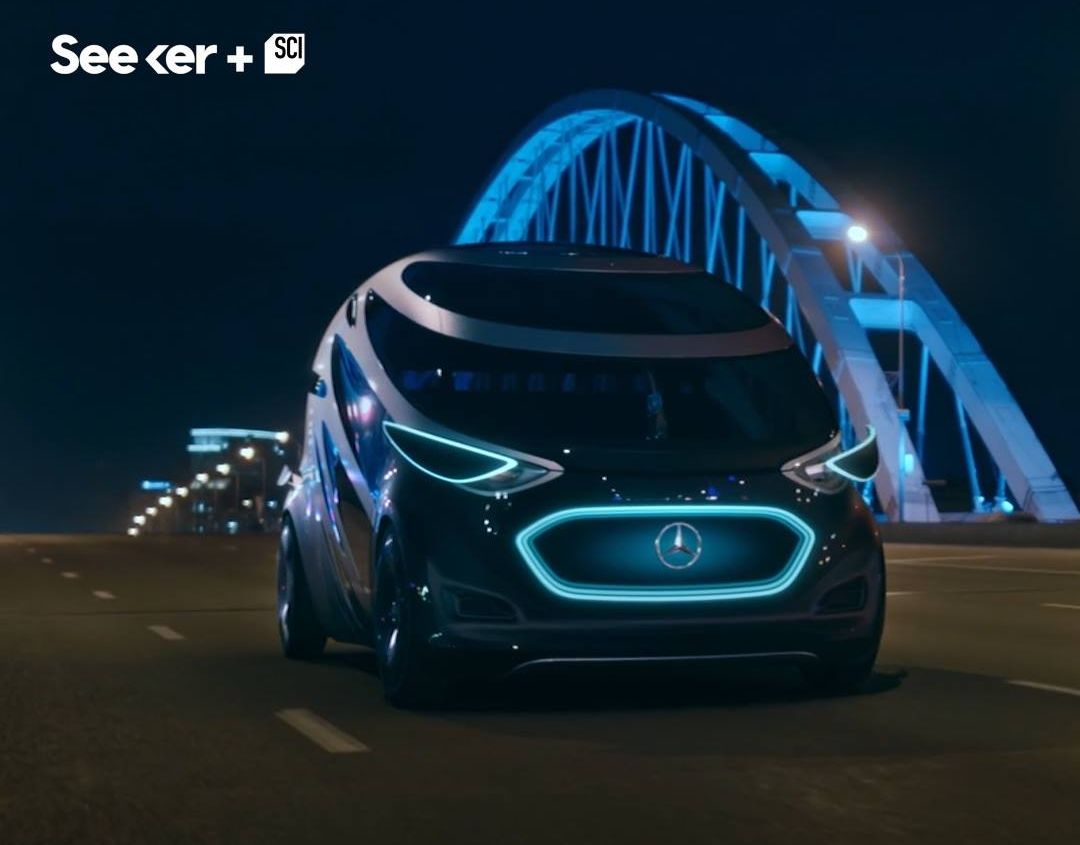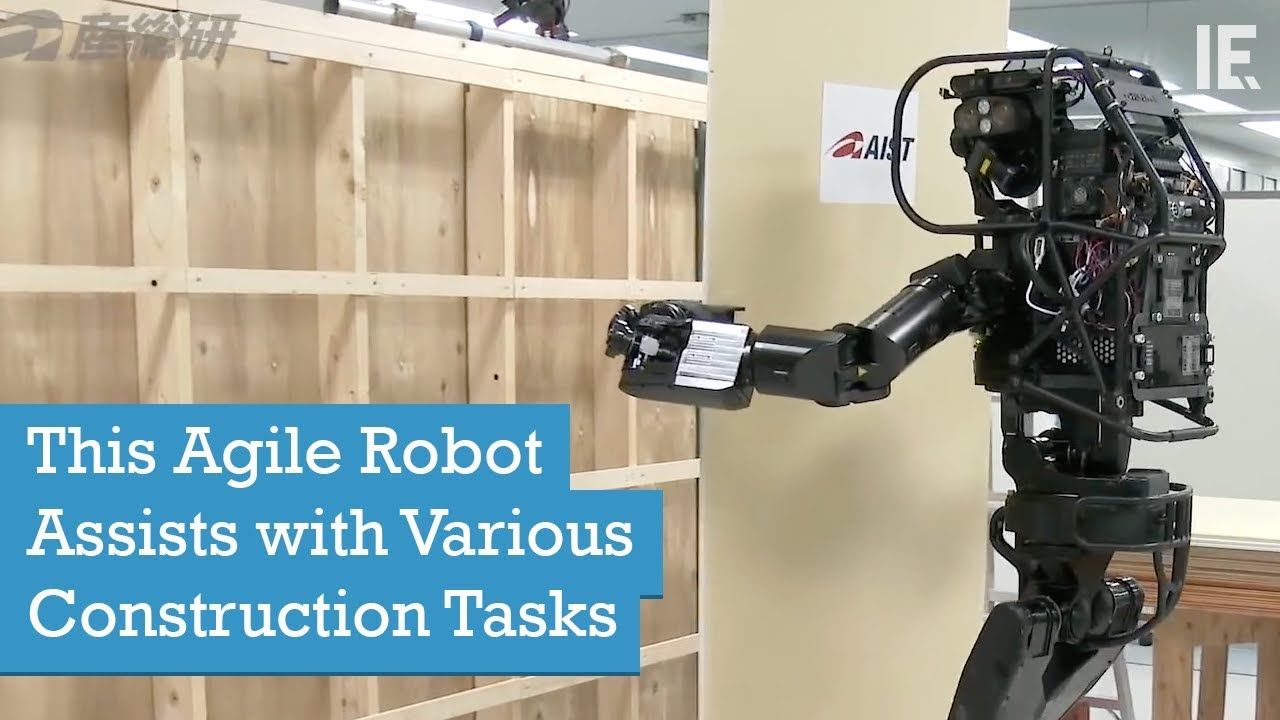The funding, awarded by the UK Government’s Department for Business, Energy and Industrial Strategy’s Regulators’ Pioneer Fund, will be used to pioneer new ways of regulating the autonomous and smart shipping industries to help them deliver innovative new technologies to the traditional maritime sector.
The global autonomous shipping industry is predicted to grow into a $136 billion behemoth by 2030, with UK businesses already playing a key role. The funding will see the creation of the Maritime Autonomy Regulation Lab, where regulators from the MCA and DfT can work with academia and support industry to promote on-water testing and flagship projects and help the UK grow its presence in the global marketplace.









